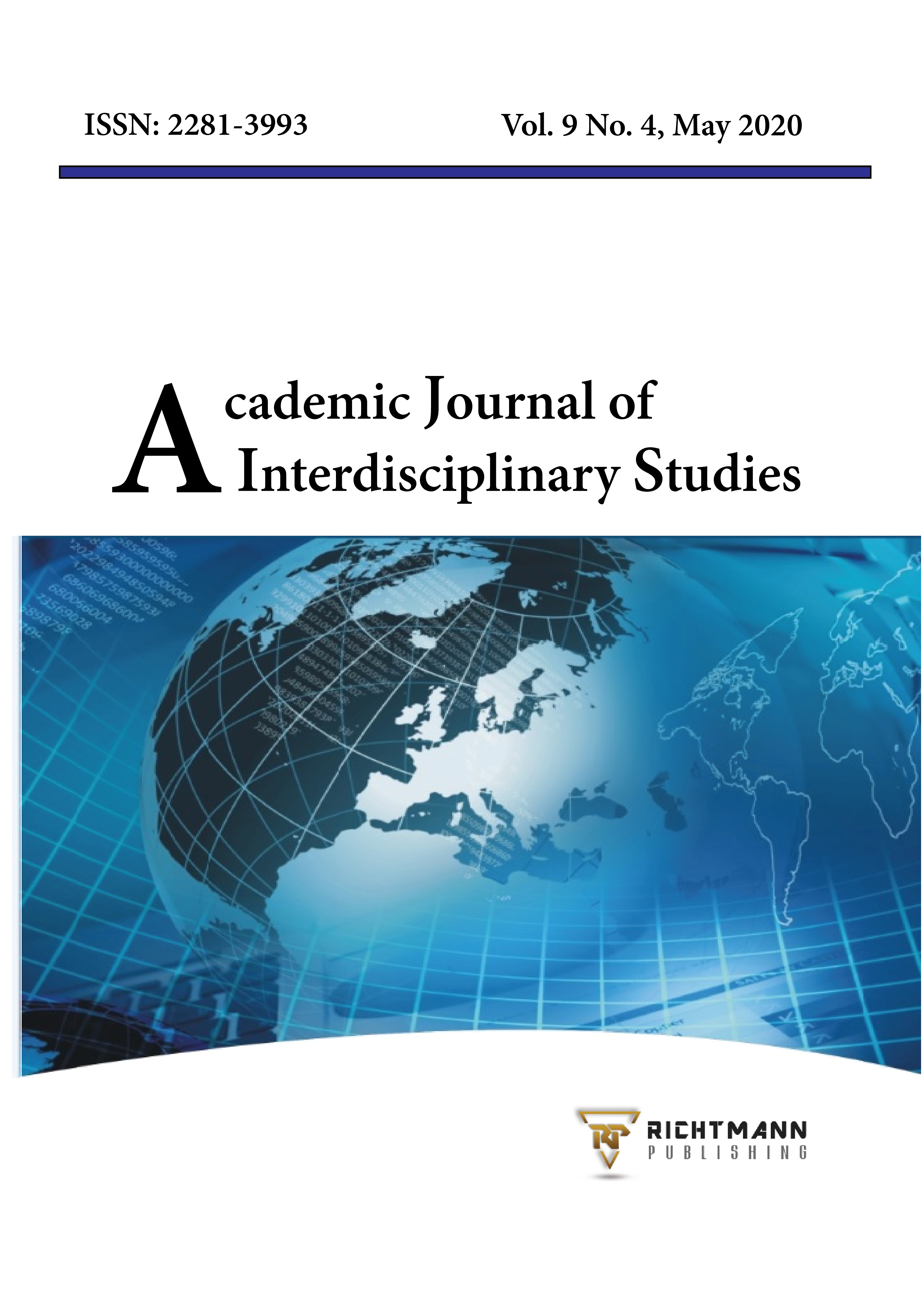Market Model with Positive Demand Curve Overthrows Marxist and Keynesian Model
DOI:
https://doi.org/10.36941/ajis-2020-0042Abstract
In this paper is analyzed the demand and supply side from the perspective of Marxist theory. The supply and demand side is both analyzed with their respective characteristics in capitalism, socialism and in a mixed economy. The possibilities of a macroeconomic equilibrium by considering the following concepts such as commodity, value, price, profit are analyzed. The aim of this paper is: to develop through a non-exhaustive analysis, the common features and differences between macroeconomic models of the aggregate market in the two systems, to build the aggregate market of a macroeconomic model by taking into account these characteristics and to emphasize its importance for the economy. In conclusion, differences between concepts related to macroeconomic equilibrium were identified. A new equilibrium model for the socialist and capitalist model was built. In centralized economies, demand and supply curve lies in a parallel curve with the X-axis, were domestic product is placed. In the market economy model, the demand and supply curve has a positive slope and stretch simultaneously over the market price line. They do not intersect with each other as in the Classical and Keynesian model. This market model applies to the economy. It allows governments, central banks, research institutions, universities, various researchers, etc. to analyze macroeconomic indicators. In this paper, the model is applied to the Albanian economy. In this paper, we used the methods of analysis and synthesis, comparison and description, the method of creating virtual market models, etc.
Downloads
Downloads
Published
Issue
Section
License
This work is licensed under a Creative Commons Attribution-NonCommercial 4.0 International License.








